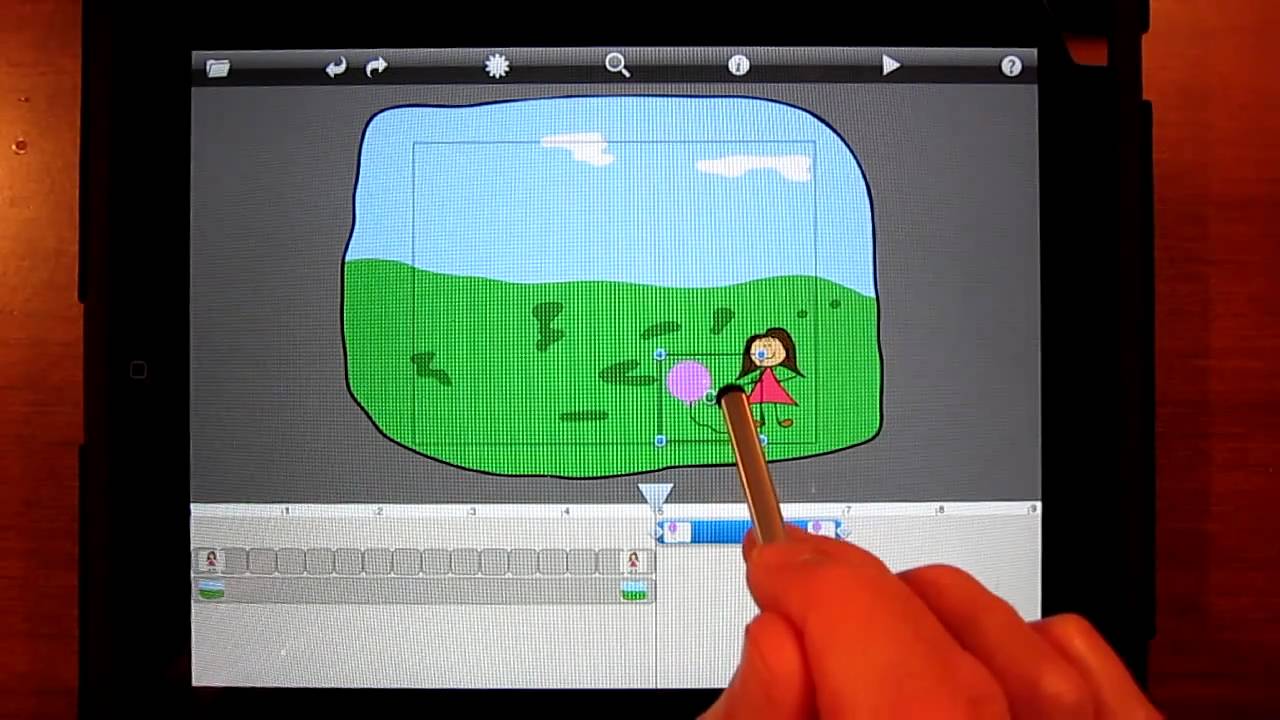If you want to learn how to draw a realistic cat, there are two basic techniques: observation and shading. You can improve your cat drawing skills by observing cats in your environment. Observation is crucial in drawing a cat, so be sure to observe a cat as much as you can. Next, you need to make an outline for the cat’s body. Make the body bigger than the head and add a curved line on its back.
Observing the cat’s basic structure
Anatomy is an important aspect of understanding any creature, so we can learn more about cats by observing their basic structure. Cats have a triangular shoulder blade attached to the first long bone of the foreleg (humerus). The humerus attaches to the bones of the arm and leg known as the radius and ulna. The forearm, or the part of the foreleg that stands free from the body, extends from the shoulder blade to the elbow.
The bones are the foundation of the cat’s body. These are composed of two layers of compact bone with a central layer of spongy bone. Cats have approximately 250 bones in their skeleton. The femur and tibia are both cylindrical bones. The tibia is connected to the femur by a ball-and-socket joint, while the patella slides over the smooth end of the femur. The tibia is reinforced by the fibula, which leads to the well-developed hock. The bones in the hind foot are similar to those of the forefoot, although the first toe is missing.
Using shadows and highlights
If you have ever tried to draw a cat, you probably noticed that there are several mistakes that you can make. Using shadows and highlights is one of the most effective ways to improve the quality of your drawing. Using these tricks will help you create a realistic cat drawing that will stand out from the rest of your art. Once you’ve mastered these mistakes, you can start to use shadows and highlights to make your drawing look more realistic and interesting.
First of all, you need to place enough space on the paper for the cat’s body. To do so, start by drawing a square “U” shape in the center of the page. This will allow you to place the cat’s head, tail, and legs on it. You can also draw the cat’s thigh higher than the rest of its body, making it appear farther away.
Creating a realistic cat’s face
To create a realistic cat’s face, you’ll need to have a good knowledge of cat anatomy and drawing techniques. The basic proportions of a cat’s face are T-shapes. These outline the direction the head should be pointed. The muzzle should be pinned between the eyes. The rest of the face will look like a cat’s face, so make sure you draw it correctly!
Draw the outline of a cat’s face first, then add the texture and facial details. The eye is created by tilting a “V” shape with a small circle inside to represent the iris. Next, add two thin streaks that represent the eyebrow above and below the eye. You’ll also draw the whiskers and nostrils by drawing them separately. Once you’re finished with the outline, color in the cat’s eyes and ears.
Creating a realistic cat’s body
You’re ready to begin drawing the realistic body of your favorite feline. Once you have your skeleton sketched out, you can begin creating the muscles and joints of your cat’s body. The thigh is a tricky part of a cat’s body because it’s not actually made of bones, but instead of bones, it is made of muscles. Draw a circle on your paper to the left of the center of the page. This will become the middle part of the cat’s body. Make sure you leave plenty of space to move around your cat.
Next, draw the head and the tail, following the construction lines. For the fur, use short, hair-like strokes to add texture to your drawing. Make sure the outline is longer than the rest of the body. Separate the toes of the paws with curved lines. Follow the same steps for the body. You can also add a cat’s eyes. Once you’re satisfied with the overall shape of your cat, you can add details to the head and the fur around the eyes.
Creating a realistic cat’s nose
The first step to creating a realistic cat’s nose is to sketch the basic outline. Create a circle that will serve as the cat’s head, with two intersecting lines in the center that will help you draw the cat’s face. Draw curved lines to represent the eyes and cheeks, and add the mouth and muzzle. The muzzle will differ slightly depending on the breed of cat you’re drawing. The eyes should be placed halfway down the cat’s face, and the whiskers should be short and thin.
Next, draw the base. The base defines the overall shape of the cat’s face. The base defines the direction of the head. The top part, or “horse ear,” is the muzzle, which is pinned to the point between the eyes. You can also draw the rest of the cat’s head using a T-shape to define the length. The rest of the cat’s head is flat and has two pairs of flaps that form the nose.



